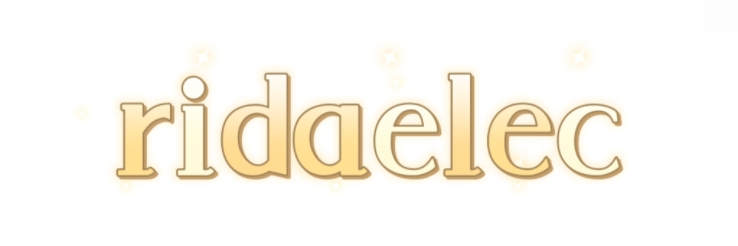what is diode rectifier
The diode rectifier is a fundamental electronic component that plays a crucial role in converting alternating current (AC) to direct current (DC). Understanding what a diode rectifier is and its applications can provide insight into its importance in various electrical systems.
For more what is diode rectifierinformation, please contact us. We will provide professional answers.
A diode rectifier consists of one or more diodes arranged in a certain configuration to allow current to flow in one direction while blocking it in the opposite direction. This ability to control the direction of current flow is beneficial in many electronic applications, most notably in power supply circuits. Diode rectifiers are commonly used in power adapters, battery chargers, and various types of electrical equipment.
To further understand what a diode rectifier is, it's essential to distinguish between different types of rectification. The two primary forms are half-wave rectification and full-wave rectification. Half-wave rectifiers utilize a single diode to convert AC to DC by allowing only one half of the AC waveform to pass through, effectively blocking the other half. This method, while simple and cost-effective, is not very efficient, as it wastes half of the input AC signal.
On the other hand, full-wave rectifiers use multiple diodes to utilize both halves of the AC cycle, resulting in a more efficient conversion process. Full-wave configurations can be implemented in two ways: using a center-tapped transformer or a bridge rectifier circuit. Bridge rectifiers, composed of four diodes arranged in a bridge configuration, are particularly popular due to their compact design and high efficiency.
The efficiency of a diode rectifier is often expressed in terms of its rectification efficiency and ripple factor. Rectification efficiency is defined as the ratio of the DC output power to the AC input power. For a good diode rectifier, the efficiency can exceed 80-90%, depending on the design and component quality. On the other hand, the ripple factor, which measures the AC ripples present in the output DC signal, is an important parameter for assessing the smoothness of the rectified output. Lower ripple factors are preferable, and more advanced filtering techniques can be employed to improve output quality.
When it comes to diode selection for rectification, several specifications should be considered, including maximum forward current, reverse voltage, and switching speed. Common diodes used in rectifier applications include silicon diodes, Schottky diodes, and fast recovery diodes. Silicon diodes, with a forward voltage drop of approximately 0.7V, are suitable for many general-purpose applications. Schottky diodes, notable for their low forward voltage drop (typically 0.2-0.3V), are commonly used in high-efficiency power supplies. Fast recovery diodes are used in high-frequency applications due to their quick turnaround times.
In real-world applications, diode rectifiers find use in various sectors, including consumer electronics, automotive systems, and renewable energy. According to a report by Research and Markets, the global power diode market is projected to reach $15 billion by 2025, growing at a CAGR of 6% during the forecast period. This growth indicates the increasing demand for efficient power conversion in various electronic devices.
Moreover, diode rectifiers play a pivotal role in renewable energy systems. As more households and businesses adopt solar energy, diode rectifiers are essential in converting the DC generated by solar panels into usable AC power for residential and commercial applications. The International Energy Agency (IEA) reported that global solar capacity reached 800 gigawatts in 2020, highlighting the surge in solar adoption and the subsequent need for efficient diode rectification in solar inverters.
In conclusion, understanding what a diode rectifier is reveals its significance in modern electronics. From simple power supplies to complex renewable energy systems, diode rectifiers facilitate efficient power conversion and ensure the functionality of various devices. As technology advances, the performance and applications of diode rectifiers continue to evolve, underscoring their vital role in electrical engineering and consumer electronics.
Understanding Diode Rectifiers
The diode rectifier is a fundamental electronic component that plays a crucial role in converting alternating current (AC) to direct current (DC).
Types of Rectification
A diode rectifier consists of one or more diodes arranged in a certain configuration to allow current to flow in one direction while blocking it in the opposite direction.
Efficiency of Rectifiers
The efficiency of a diode rectifier is often expressed in terms of its rectification efficiency and ripple factor.
Application in Modern Electronics
In real-world applications, diode rectifiers find use in various sectors, including consumer electronics, automotive systems, and renewable energy.
If you are looking for more details, kindly visit China Bridge Rectifier Supplier.


